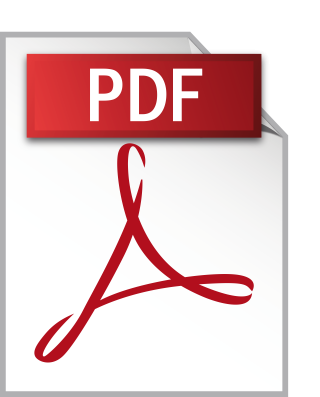 LEAKALERT: AN IOT SOLUTION FOR WATER LEAK DETECTION AND MONITORING
LEAKALERT: AN IOT SOLUTION FOR WATER LEAK DETECTION AND MONITORING
by Anne Hilarie Cabalag Agawa • 2025
Water leaks lead to significant water wastage and financial losses. LeakAlert, an IoT-based system, was developed to detect and monitor leaks in real-time, improving water management efficiency. The system integrates water flow sensors, an ESP8266 microcontroller, and a user-friendly dashboard for instant notifications. LeakAlert enables automated detection, reducing reliance on manual inspections and ensuring quick responses to potential leaks. The platform allows administrators to track water consumption, analyze trends, and generate reports for better decision-making. Security guards and environmental management personnel can easily report and monitor leaks through a mobile-friendly interface. The researchers used the Prototyping Model as the software development methodology, involving iterative building, testing, and refining of a prototype until it met the required standards. This approach allowed the system to evolve based on user feedback, ensuring usability, reliability and functionality. Challenges encountered during development included sensor sensitivity to minor drips and dependency on stable internet connectivity. However, user feedback indicated that the system was moderately acceptable in terms of reliability. The study highlights the potential of IoT in water conservation and suggests future improvements, such as artificial intelligence integration for predictive leak detection.
